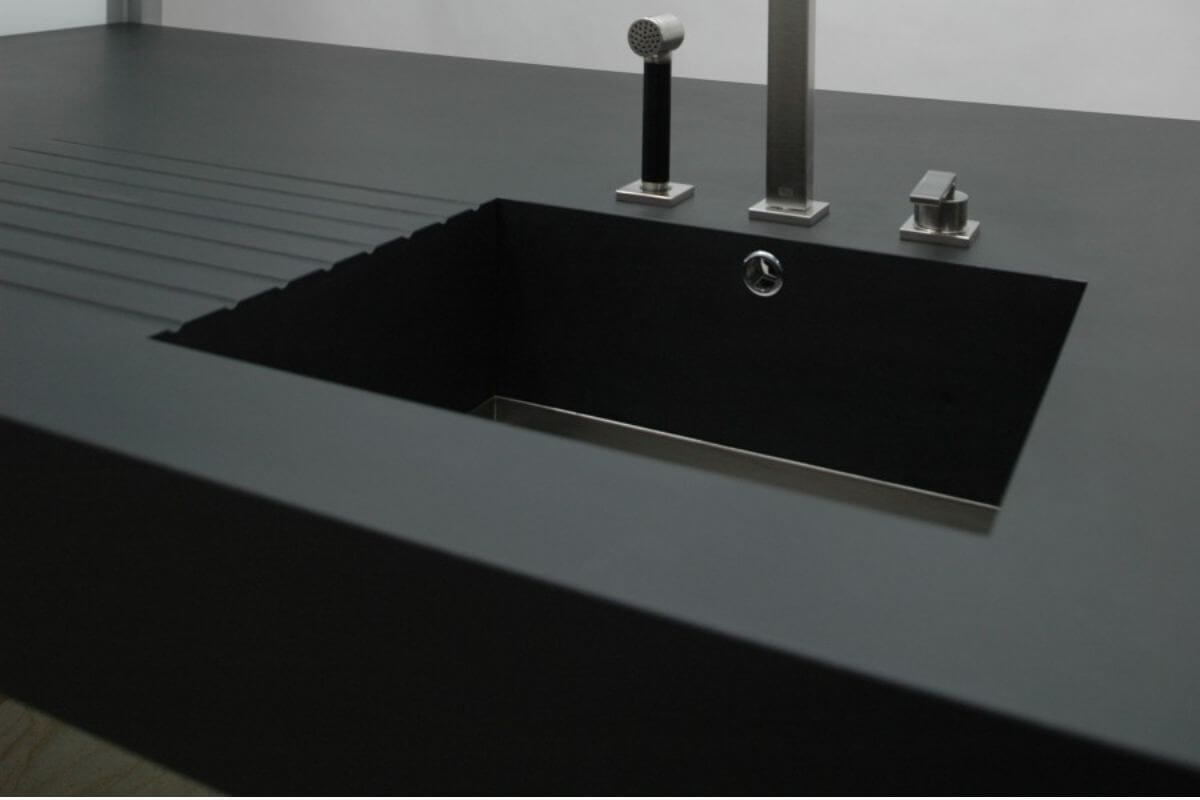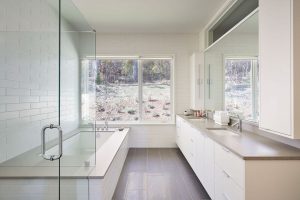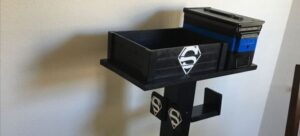In today’s world, sustainable and eco-friendly materials are becoming increasingly popular, especially in the construction and design industries. Two notable choices in this regard are Richlite and PaperStone. Both materials are known for their environmental friendliness and versatility, making them suitable for a wide range of applications. In this article, we will delve into the characteristics, benefits, and drawbacks of Richlite and PaperStone to help you make an informed decision when considering them for your projects.
Introduction to Richlite and PaperStone
Richlite and PaperStone are both composite materials that have gained popularity as sustainable alternatives to traditional materials like wood, granite, and plastic. These materials are known for their durability, environmental friendliness, and unique aesthetic appeal.
Composition and Manufacturing
Richlite is primarily composed of paper pulp and phenolic resin, which are compressed and baked to create a dense, hard surface. On the other hand, PaperStone consists of recycled paper and a proprietary petro-free resin. The manufacturing processes for both materials are eco-friendly and minimize waste.
Appearance and Aesthetics
Richlite offers a sleek and modern appearance with a smooth, matte finish. It is available in various colors and patterns, allowing for customization to suit different design preferences. PaperStone, on the other hand, has a distinctive textured surface that resembles natural stone, making it a great choice for those seeking a more rustic look.

Durability and Longevity
Both Richlite and PaperStone are exceptionally durable materials. They are resistant to scratches, stains, and moisture, making them ideal for kitchen countertops and tabletops. With proper care, these materials can last for decades without showing significant signs of wear and tear.
Sustainability
One of the key selling points of Richlite and PaperStone is their sustainability. Richlite is made from FSC-certified paper and Forest Stewardship Council (FSC)-certified phenolic resin, while PaperStone is manufactured from 100% post-consumer recycled paper and resin derived from natural sources. Both materials are recyclable and contribute to reducing the carbon footprint.
Maintenance and Care
Maintaining Richlite and PaperStone is relatively easy. Regular cleaning with mild soap and water is usually sufficient to keep them looking their best. They do not require sealing, which is a common requirement for natural stone surfaces.
Cost Comparison
In terms of cost, Richlite and PaperStone are competitive with high-end materials like granite and quartz. While they may have a higher upfront cost than some alternatives, their long-term durability and sustainability make them a cost-effective choice over the lifespan of a project.
Applications in Construction
Richlite and PaperStone can be used in a variety of construction applications, including kitchen countertops, bathroom vanities, wall cladding, and exterior siding. Their versatility and durability make them suitable for both residential and commercial projects.
Ease of Installation
Both materials are relatively easy to work with and can be installed by professionals experienced in working with composite surfaces. They are lighter than natural stone, making transportation and installation more manageable.
Resistance to Elements
Richlite and PaperStone are resistant to UV rays, extreme temperatures, and moisture, making them suitable for outdoor use. They can withstand harsh weather conditions without deteriorating.
Customization Options
Richlite and PaperStone offer customization options in terms of colors, patterns, and thicknesses. This allows designers and homeowners to create unique and personalized spaces.
Warranty
Manufacturers of Richlite and PaperStone typically offer warranties that vary in duration. It is advisable to check the specific warranty details with the manufacturer when making a purchase.
Customer Reviews and Satisfaction
Before making a decision, it’s essential to read customer reviews and gather feedback from those who have used Richlite and PaperStone in their projects. This can provide valuable insights into real-world performance and satisfaction.
Conclusion
In the debate of Richlite vs. PaperStone, both materials have proven themselves as eco-friendly, durable, and aesthetically pleasing options for various applications. Your choice should ultimately depend on your specific project requirements and design preferences. Whichever you choose, you can be confident in selecting a sustainable material that contributes to a greener future.
FAQs
Is Richlite more expensive than PaperStone?
Pricing can vary, but generally, Richlite and PaperStone are competitively priced.
Can Richlite and PaperStone be used outdoors?
Yes, both materials are suitable for outdoor applications due to their resistance to the elements.
Do Richlite and PaperStone require special maintenance?
They are relatively low-maintenance and do not require sealing, but regular cleaning is recommended.
Are there any limitations to customization with Richlite and PaperStone?
No, both materials offer a range of customization options in terms of colors, patterns, and thicknesses.
What is the typical warranty for Richlite and PaperStone?
Warranty durations can vary, so it’s essential to check with the manufacturer for specific details.



